AI and Robotics Will Disrupt Future Jobs, but How to Prepare is Still a Question
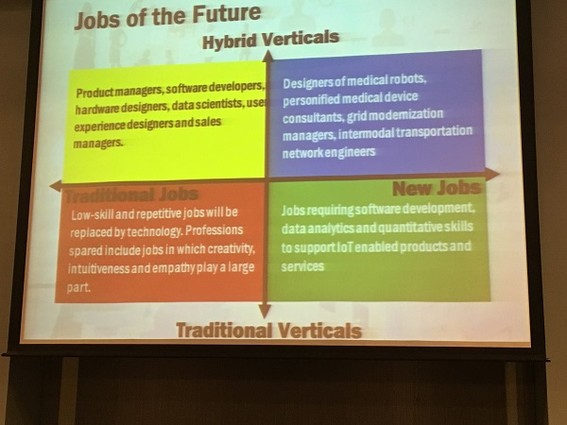
At the Einstein’s Alley “Future of Work” symposium on April 25, the speakers attempted to predict the future, though they admitted that they weren’t very good at it. What experts do know, they agreed, is that robotics and artificial intelligence (AI) will disrupt jobs — and very soon.
Katherine Kish, Einstein’s Alley executive director, introduced the event, saying that it would focus on asking the question, “How does innovation such as robotics and artificial intelligence, education, immigration and government policy all work together” to create the future of work.
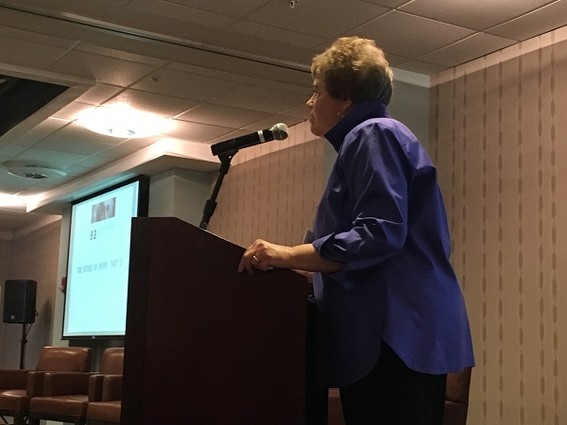
Kish recommended a January 2017 McKinsey Global Institute Study that looked at how the jobs created by the world economy would be affected by AI, automation and cognitive machines. “The world will certainly be different, and perhaps a little scary, but very exciting,” she told the group.
Speaker James W. Hughes, dean of the Edward J. Bloustein School of Planning and Public Policy, at Rutgers University, gave the audience a history of technology and described how technology has affected the nature of employment through the years.
Referring to the present, Hughes said that AI is just in its infancy, resembling the Internet in the mid-1990s. “If that’s the prototype, it will soon be built into everything. AI will be everywhere, just as the Internet is everywhere today.”
Most people think of robots as disrupting the blue-collar workforce, he said. However, he asked, “will AI have as much of an impact on the white-collar workforce as robots have on the blue-collar workforce in factories?” He added that he didn’t think robots would be taking over, or that human thinking and creativity would be supplanted by AI.
He did predict that AI would continue to make structural changes in the workplace. “What does this mean to the knowledge-based office of the future? AI has the potential to automate and “augmentize” knowledge-based tasks previously done by humans.”
Hughes said that society would certainly see more transformative innovations that “we can’t anticipate today,” and that they would be economic game changers, transforming the future workplace. “The world we think may be coming might not be the world that arrives because of potential innovations and disruptions by things not yet invented,” he added.
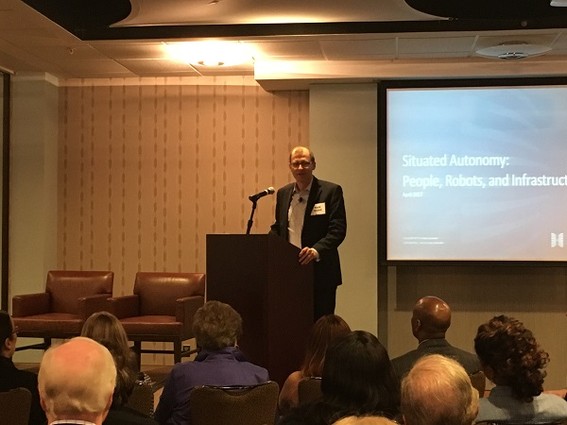
The keynote speaker, David A. Mindell, cofounder and CEO of Humatics (Cambridge, Mass.), had a different outlook on the topic. He spoke about something he called ‘ situated autonomy’, arguing that humans are always involved in robotic activity, including the activity of so-called autonomous vehicles.
Discussing the moon rover, he said, “Today we might call it a semi-autonomous robot.” It had the capability to land by itself with no human intervention. Yet the vehicle’s guidance computer was built by folks at MIT, and it required a user interface. “What ended up being developed was the first virtual fly-by-wire system, a technology that is in every airliner and has a rich complicated human interface.”
Mindell noted that the Air Force had to abandon the description “unmanned” for the Predator drone because it takes hundreds of people distributed all over the world to operate it.
“So, the way these robotic systems end up coming into use and becoming useful is different than we expected. And when robotic systems become successful it is often because … they become situated into human organizations, often in interesting and surprising ways.”
For people and robots to interact, robots will have to be able to see each other with a great deal of precision and locate each other so they can work collaboratively alongside each other, said Mindell. There is a whole software infrastructure being built around this, and Humatics is working in this area of micro-location.
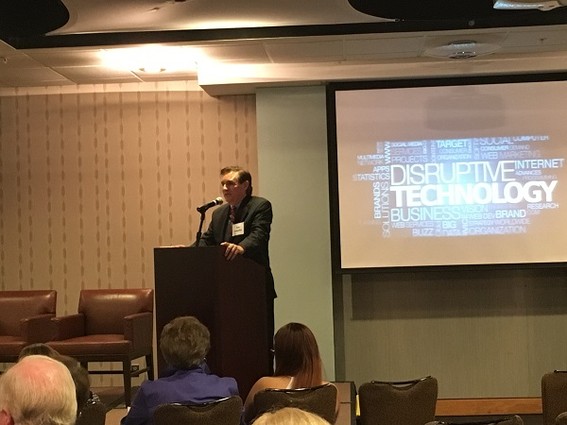
In his talk about the future of work, Donald H. Sebastian, president and CEO of NJIT’s New Jersey Innovation Institute (Newark), took a look at the major disruptors of work in the past. “A look at the kind of change that rolled through in the 1880s through 1910 or 1920” can help you understand what the disruptions from AI and robots will be, he said. “Because we’ve lived through this and adapted to it, there should be some sense of calm, yet it’s still our lives that are affected.”
In his address, Carl Van Horn, founding director of Rutgers University John J. Heldrich Center for Workforce Development, said that we can’t predict very well how significant the changes will be or how quickly these changes will occur. What’s different about this time is that the elements of economic change are occurring simultaneously, and faster than previous iterations of this same story.
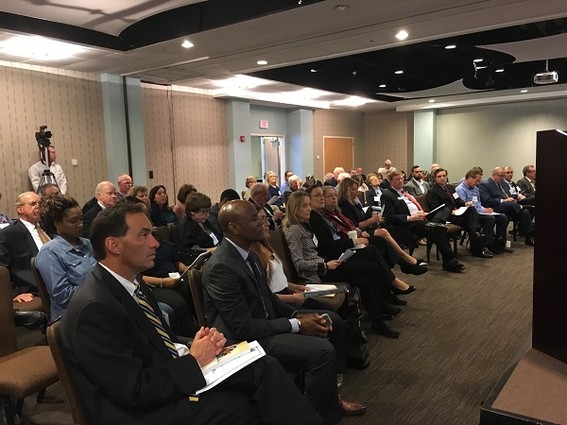
There are dire predictions that the world will end, and billions of people will be out of work, he said. “But what we do know is that in the long run, over time, as labor economists say, ‘the labor markets clear.’ People do get jobs.” No one really knows how different it will be, but we do know that “millions get hurt in the process.”
Sebastian noted that many of the technologies the speakers had mentioned are a little bit closer to the marketplace, so we can make a bit more of an intelligent guess about their impact on the workforce.
For instance, computing systems will behave less like a person and more like a team, he said. “That’s the game changer that comes with this. The power comes when things are interconnected and become connected to information resources, and are able to draw on real-time knowledge that we as individuals can’t and probably never will do.”
At the end of the conference, there was a lively discussion about what schools and educators can do to prepare children for this different future world of work. Audience members showed uncertainty about where to begin, although some suggested that it was urgent to train the teachers first, so they can pass that knowledge on.

